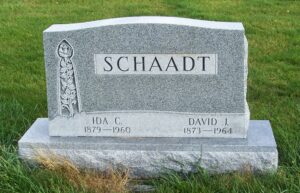
Schaadt, David J & Ida C (Sielschott), Zion Lutheran Cemetery, Chattanooga, Mercer County, Ohio
This is the tombstone of David J. and Ida C. (Sielschott) Schaadt, located in row 10 of Zion Lutheran Cemetery, Chattanooga, Mercer County, Ohio. The marker is inscribed:
SCHAADT
Ida C.
1879-1960
David J.
1873-1964
David John Schaadt was born in Harrison Township, Van Wert County, Ohio, on 4 August 1873, [1] the son of Adam (1846-1895) and Mary Anna (Koch/Cook) (1850-1926) Schaadt.
The Adam Schaadt family in 1880, residing in Harrison Township, with 5 children: Adam, 34; Anna M, 28; Phebe, 8; David J, 6; Henry W, 4; Kathrine, 2; and Christina, 9 months. The father Adam, a farmer, was born in Germany and the others in the family were born in Ohio. [2]
David Schaadt married Ida C. Sielschott on 14 April 1898 in Mercer County, married by S. Egger. [3] His name is John David Schaadt on their marriage license.
David’s bride, Ida C. Sielschott, was born in Hopewell Township, Mercer County, Ohio, on 28 January 1879, the daughter of Philip John (1844-1894) and Matilda (Heffner) (1850-1930) Sielschott. [4] Ida’s mother Matilda was the daughter of Conrad and Margaret (Miller) Heffner and was from the Chatt area. Ida’s parents are also buried in Zion Chatt’s cemetery.
Most records I came across for research of this family spell the surname Sielschott, which is also the way it is spelled on the tombstone of Ida’s parents. I have also seen the name spelled Sealschott a few times, but for this blog post I am using the Sielschott spelling.
I am not sure where Ida Sielschott was enumerated in the 1880 census, or if she was overlooked in that census. She was not enumerated with her parents. There is an Ida Sealschott, age 1, nephew, living with George Sealschott, 63, and wife Louisa, 50, and their 7 children in Center Township, Mercer County. I am not convinced that this is the same Ida, but she may be. [5]
In 1900, two years after their marriage, David and Ida lived in Liberty Township, Mercer County, and had a daughter, Matilda M., age 1 year. [6] They lived south of Chatt.
Their daughter Matilda died in 1904.
The David Schaadt household in 1910: David, 36; Ida, 31; Henry, 8; Victor, 6; and Minnie, 3. All were born in Ohio. David and Ida had been married 12 years and three of their four children were living. David was a farmer. [7]
By 1920 David and Ida had 5 children: Henry, 18; Victor, 15; Minnie, 13; Glen, 6; and Edith, 3. [8]
In 1930 just 3 of their children lived at home: Minnie, 23; Glenn, 16; and Edith, 13. [9]
Their daughter Minnie Schaadt died in 1931 and is buried in Zion Chatt’s cemetery.
In 1940 and 1950, all of David and Ida’s children had left home and the couple lived by themselves in Liberty Township and David continued to farm. [10] [11]
Ida C. (Sielschott) Schaadt, 81, died from heart disease in Gibbons Hospital, Celina, on 23 May 1960. [12] Ida’s obituary:
Celina-Mrs. Ida Schaadt, 81, of Rt. 1, Celina, died at 8:30 p.m. Monday, at the Gibbons Memorial Hospital, where she had been a patient three weeks.
She was born Jan. 28, 1879, to Philip and Matilda (Heffner) Sielschott.
Mrs. Schaadt married David Schaadt in 1897 [sic] and he survives along with three sons, Henry of Geneva, Ind.; Victor of Akron; Glen of Willshire; a daughter, Mrs. Roland Lime of Celina; a brother, Jacob Sielschott of Celina; two sisters, Mrs. T.J. Smith and Mrs. William Schaadt, both of Celina; six grandchildren and three great grandchildren.
Friends may call at the family home until services at 2:30 p.m. Thursday when the body will be taken to the church at Chattanooga. Rev. Waldo Byers will officiate. Burial will be in the church cemetery. W.H. Dick and Sons are in charge of arrangements. [13]
David J. Schaadt, age 90, died 16 March 1964 in Celina. He died of old age, per Zion Chatt’s records. David’s obituary:
David J. Schaadt
Celina-David J. Schaadt, 90, Rt. 1, Celina, died at 11:55 p.m. Monday at Gibbons Hospital. He had been a patient three weeks.
He was born Aug. 4, 1873 in Van Wert County, the son of Adam and Mary Koch Schaadt. He married Ida Sielschott in 1897 [sic]. She died in 1960.
Surviving are three sons, Henry, Geneva, Ind.; Victor, Akron; and Glen, Willshire; a daughter, Mrs. Roland Lime, Celina; two sisters, Mrs. Otto Wendel, and Mrs. Gustave Klopfleisch Sr., both of Celina; six grandchildren, and four great grandchildren.
He was the oldest member of Zion Lutheran Church, Chattanooga.
Funeral services will be 2 p.m. Thursday in Zion Lutheran Church, Chattanooga. Rev. Arnold Green will conduct, and burial will be in the church cemetery. Friends may call at the family residence until time for services. W.H. Dick and Sons Funeral Home is in charge of arrangements. [14]
David and Ida (Sielschott) had the following children:
Matilda (1899-1904)
Henry (1902-1970), married Edna W. Dailey
Victor W. (1904-1995), married Opal Strabel
Minnie (1907-1931), not married
Glenn Cornelius (1913-1987), married Roxie Mae King
Edith Lawrena (1917-2005), married Roland Lime
[1] Ohio, U.S. Births and Christenings Index, 1774-1973, David John Schaadt, 4 Aug 1873; Ancestry.com.
[2] 1880 U.S. Census, Ohio, Van Wert Co, Harrison Twp, ED 148, p.309B, dwelling 152, family 155, Adam Schaadt; Ancestry.com.
[3] “Ohio, County Marriages, 1789-2013,” Mercer Co, Vol. 7, p.316, John David Schaadt & Ida C. Sielschott, 14 Apr 1898; FamilySearch.org.
[4] “Ohio, County Births, 1841-2003,” Mercer, Vol. 1, p.258, Ida Sielschott, 28 Jan 1879; FamilySearch.org.
[5] 1880 U.S. Census, Ohio, Mercer, Center, ED 181, p.366D, dwelling 266, house 74, George Sealschott; Ancestry.com.
[6] 1900 U.S. Census, Ohio, Mercer, Liberty, ED 85, p.7, dwelling 132, family 137, David Schaadt; Ancestry.com.
[7] 1910 U.S. Census, Ohio, Mercer, Liberty, ED 119, p.10B, dwelling 191, family 196, David Schaadt; Ancestry.com.
[8] 1920 U.S. Census, Ohio, Mercer, Liberty, ED 140, p.6A, dwelling 110, family 118, David Schaadt; Ancestry.com.
[9] 1930 U.S. Census, Ohio, Mercer, Liberty, ED 20, p.2A, dwelling & family 43, Dave Schaadt; Ancestry.com.
[10] 1940 U.S. Census, Ohio, Mercer, Liberty, ED 54-22, p.7A, household 133, David Schaadt; Ancestry.com.
[11] 1950 U.S. Census, Ohio, Mercer, Liberty, ED 54-33, p.9, dwelling 71, David Schaadt; Ancestry.com.
[12] “Ohio Death Index, 1908-1932, 1938-1944, 1958-2007,” Celina, Mercer County, Ida C Schaadt, 23 May 1960; FamilySearch.org.
[13] FindaGrave.com, Ida C Sielschott Schaadt, Memorial no. 39968022, newspaper image of obituary, unidentified newspaper.
[14] David J Schaadt obituary, The Lima News, Lima, Ohio, 18 Mar 1964, p.2; Ancestry.com.
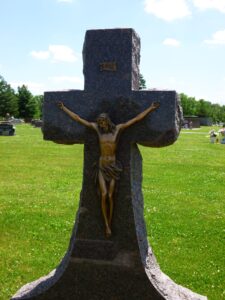
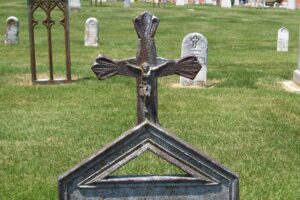
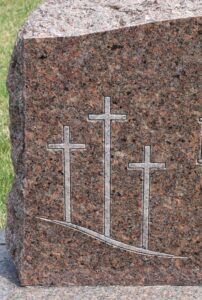
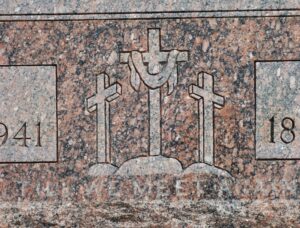 A lot can happen in 3 days.
A lot can happen in 3 days.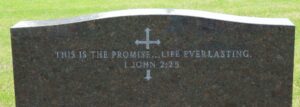


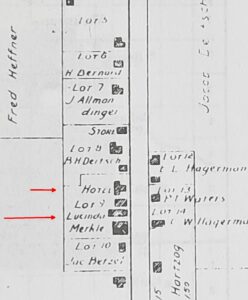

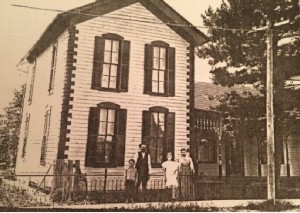
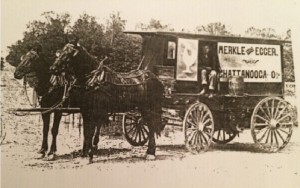
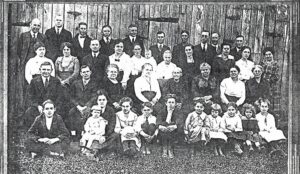
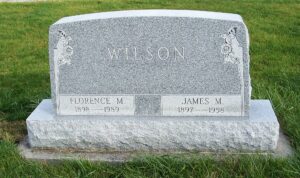
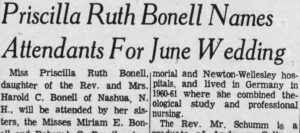

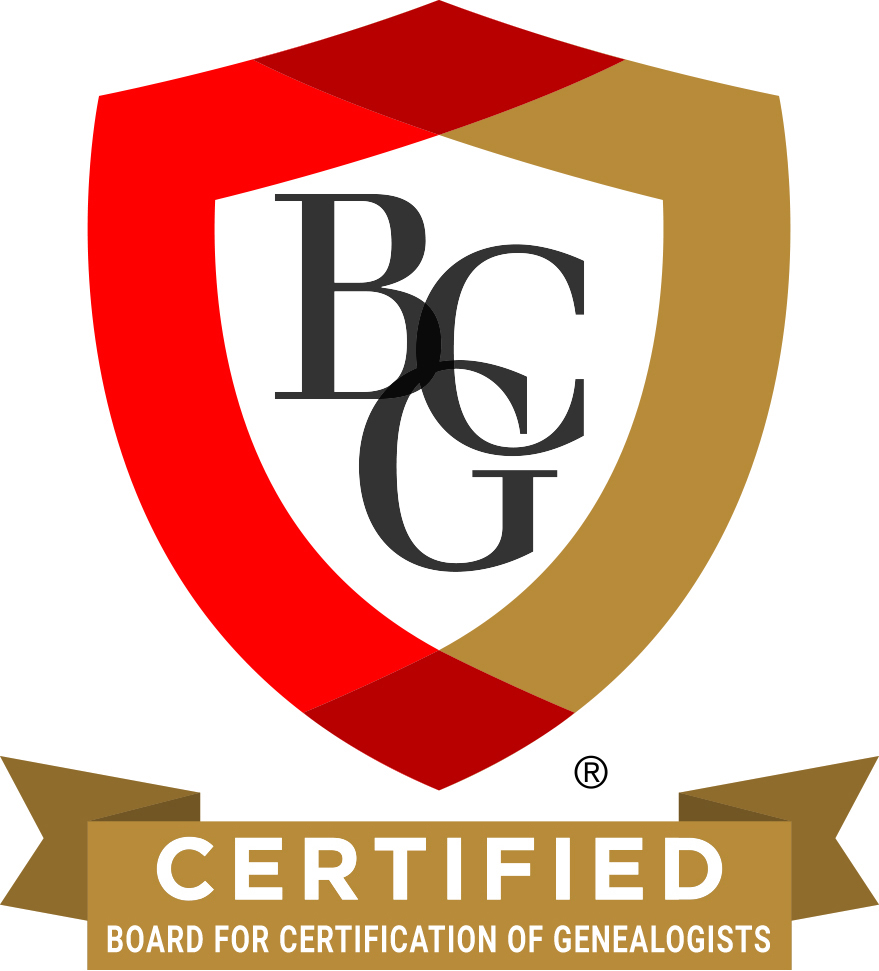
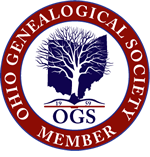

Thanks, Brian. It sounds like it was a wonderful church. I assume a number of Brewsters attended there. It is…
I have the Mount Carmel Sunday And treasurers records from 1907 and 1908. We went there to church all my…
Makes me want to go back! Got this message through our gmail but not through our frontier email. Weird! Great…
Such a wonderful trip and great pictures. Thanks so much for sharing.
Beautiful!